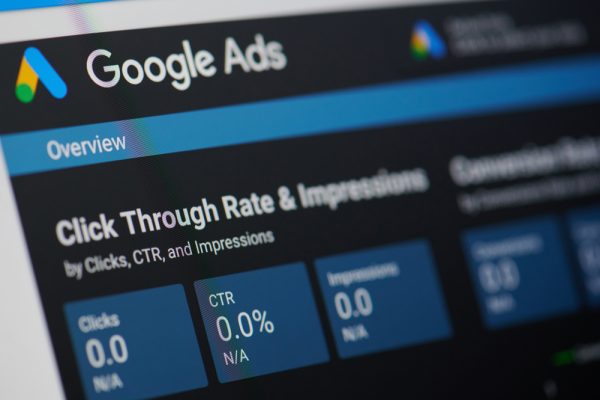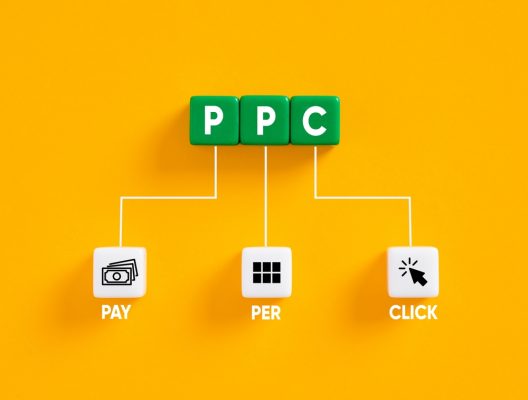Quality Score
Google uses Quality Score to determine your ad’s rank and placement, with higher scores leading to better positions on the search engine results page (SERP) at a lower cost. This score hinges on several factors, including your ad’s click-through rate (CTR), keyword relevance, and the quality of your landing page.
An optimized landing page that aligns with the ad’s message, a well-crafted ad that resonates with the target keywords, and a strong expected CTR are all instrumental in boosting your score. While achieving a perfect CTR is impossible, every incremental improvement in your Quality Score can yield tangible benefits for your ad campaign.
Monitoring and Analyzing Performance
Monitoring and optimizing your Google Ads campaigns is an ongoing process. Here are some key metrics to track and strategies to optimize performance.
Key metrics to track include:
- Impressions: The number of times your ad is shown.
- Clicks: The number of times users click on your ad.
- Click-Through Rate (CTR): The percentage of clicks to impressions.
- Conversion Rate: The percentage of clicks that result in a desired action (e.g., purchase, sign-up).
- Cost-Per-Click (CPC): The average cost you pay for each click.
- Cost-Per-Acquisition (CPA): The average cost to acquire a customer.
- Return on Ad Spend (ROAS): The revenue generated for every dollar spent on ads.








